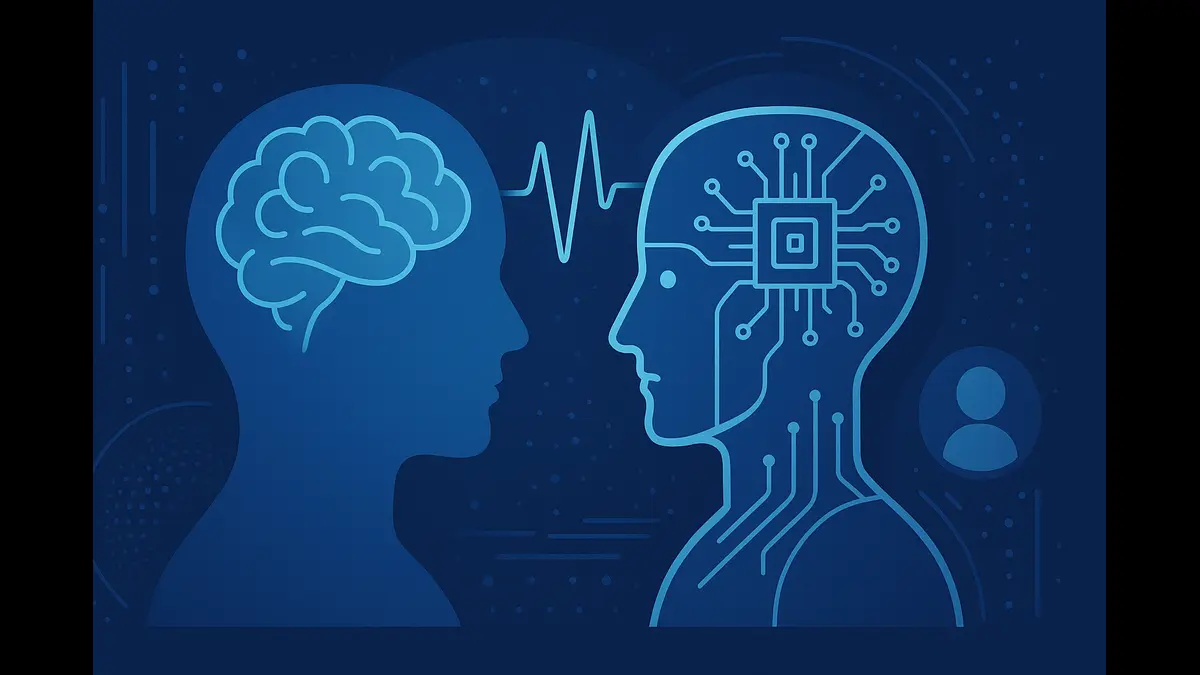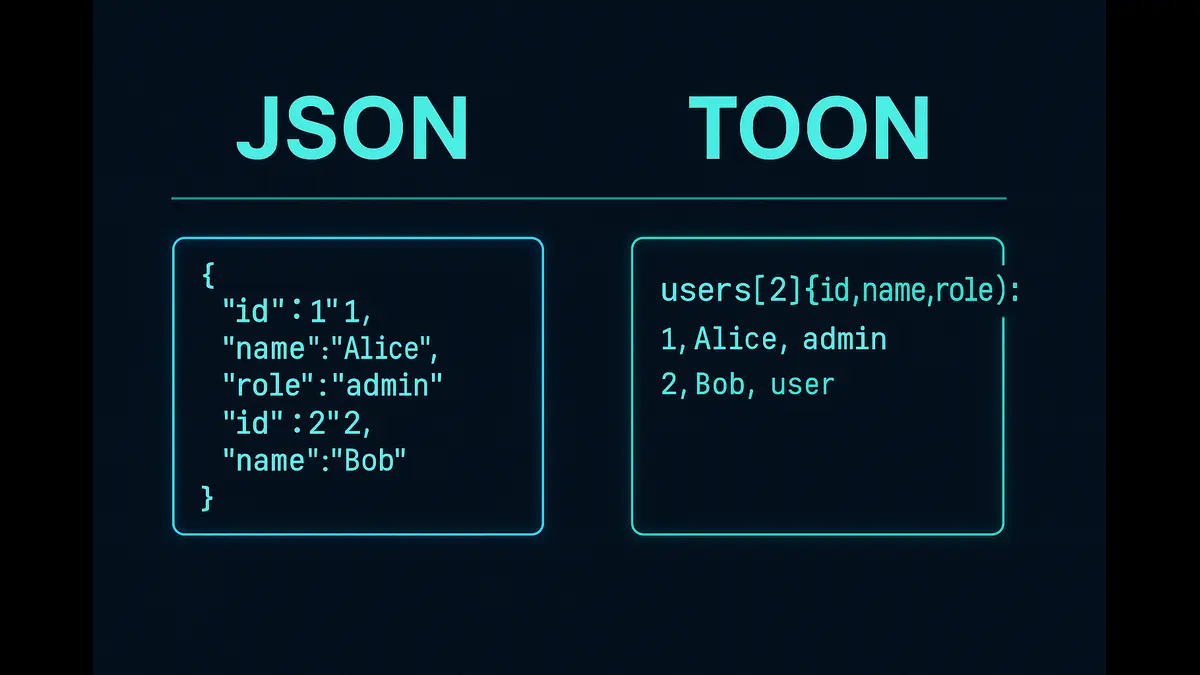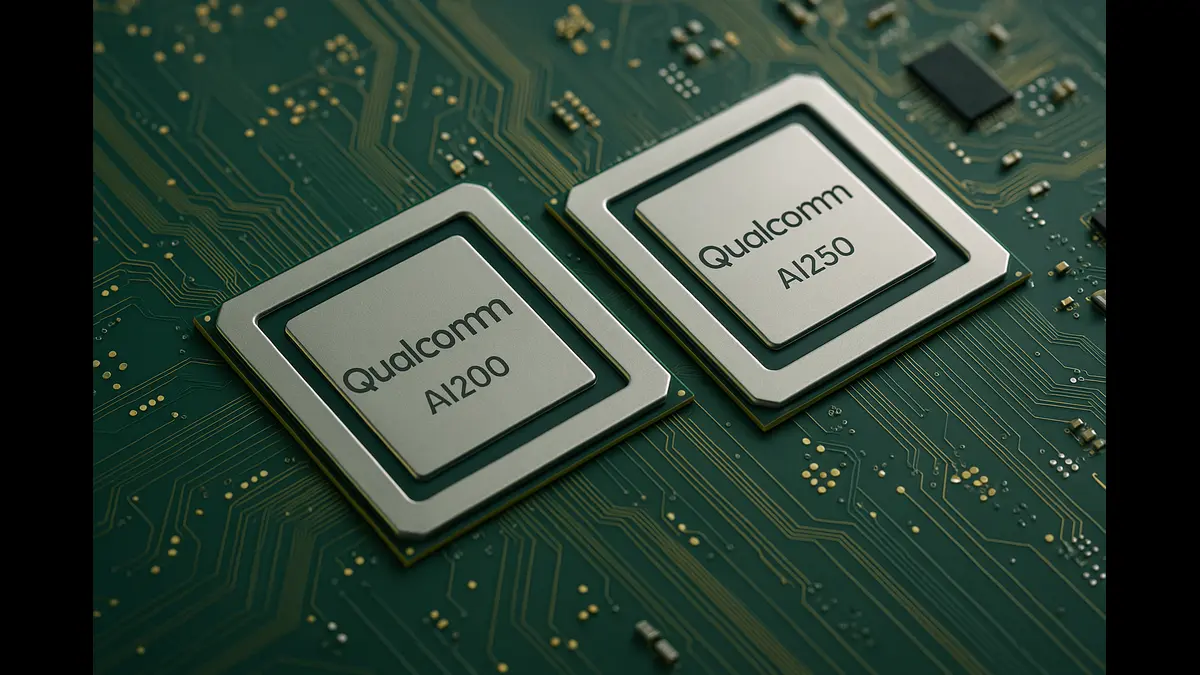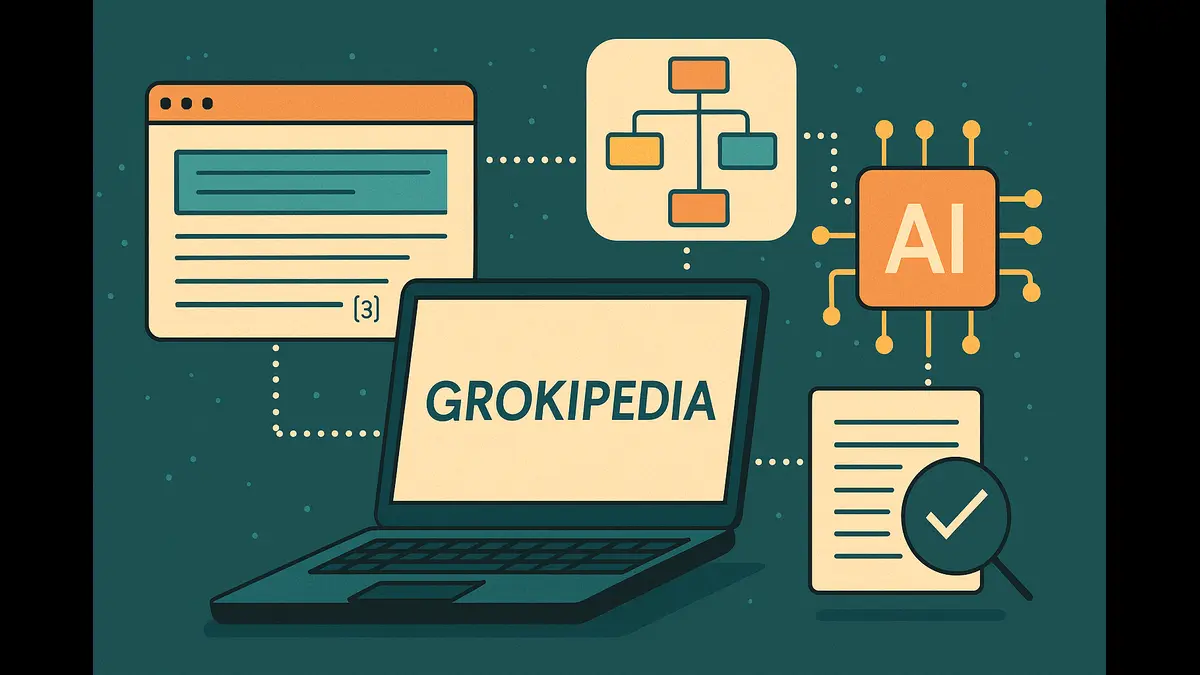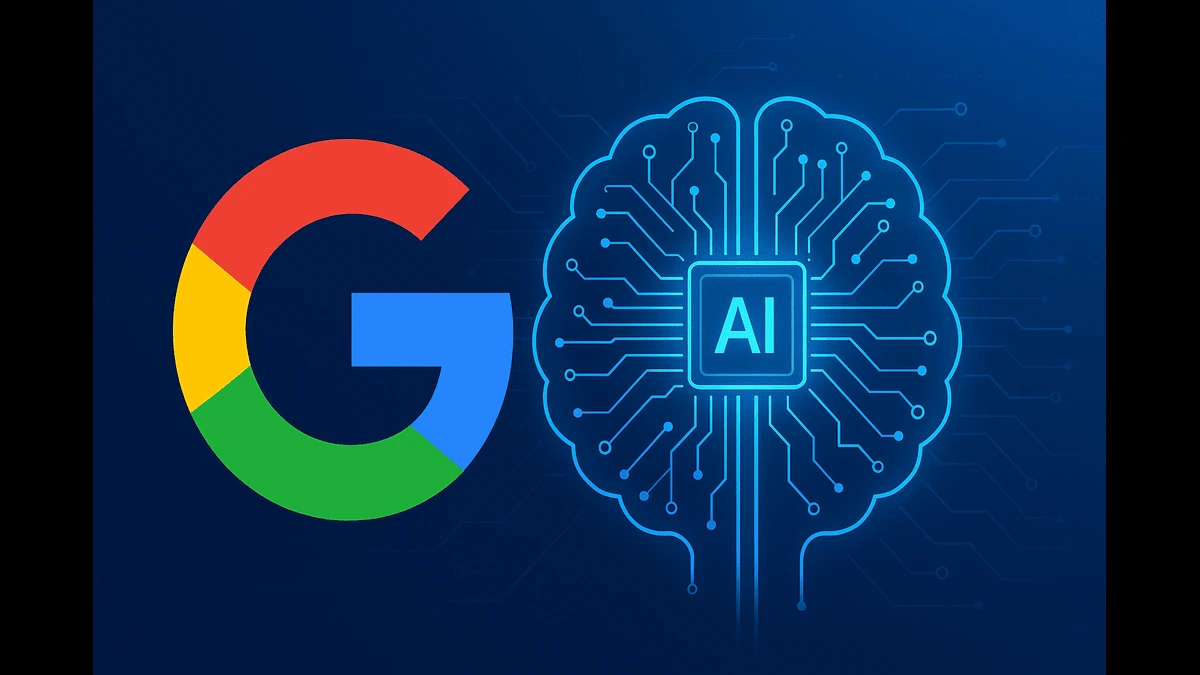
Discover how AI revolutionizes high-frequency trading in 2025. Explore data, models, infrastructure, and strategies hedge funds use to gain a nanosecond edge in HFT
High-Frequency Trading (HFT) is the frontier of finance, where trades occur in microseconds and precision drives profits. Artificial intelligence (AI) has redefined HFT, enabling hedge funds to act faster and think smarter. AI-powered systems blend machine learning, reinforcement learning, and natural language processing to outmaneuver competitors, adapt to volatile markets, and navigate strict regulations, securing advantages measured in nanoseconds.
This article explores how hedge funds build and deploy AI-driven HFT systems. Starting with data collection, we’ll move through model design, infrastructure, trade execution, performance analysis, regulatory compliance, and cutting-edge innovations like foundation models, providing a clear, step-by-step view of how AI shapes the future of trading.
1. Fueling AI with Real-Time Data
HFT thrives on data, and hedge funds process massive streams of information in real-time to feed their AI systems.
Data Sources
- Market Data: Exchanges like NYSE, CME, and SGX provide high-frequency updates on bid/ask prices, order book details (Level I/II), and trade executions, revealing price movements, liquidity, and trading patterns.
- Alternative Data: Non-traditional sources offer early signals:
- Social media platforms like X and Reddit capture retail trader sentiment, signaling potential market moves like short squeezes.
- Satellite imagery tracks real-time activity, such as oil tanker movements or retail parking lot traffic.
- IoT sensors on oil rigs, warehouses, or store entrances provide proprietary insights into supply chains or consumer behavior.
- Text Data: AI parses earnings call transcripts, central bank statements, and breaking news from RSS feeds or regulatory filings to detect market-moving events.
Processing Data with AI
- Language Models: Specialized models like FlashBERT, trained on financial documents, convert text into numerical signals, analyzing a Federal Reserve statement in under 100 milliseconds to gauge policy shifts.
- Graph Neural Networks: These map connections between assets, order flows, and market venues, spotting opportunities like cross-asset arbitrage.
- Automated Feature Creation: Tools like Google Vizier or custom systems test thousands of data combinations—such as bid-ask spread changes or sentiment trends—to identify predictive patterns, keeping processing times below a microsecond.
2. Designing Smarter Trading Models
AI models are the brain of HFT, and hedge funds rely on multi-agent deep reinforcement learning (MARL) to make decisions in dynamic, competitive markets.
Model Structure
MARL systems use specialized AI agents:
- Market Makers: Place buy and sell orders to profit from price spreads while managing inventory risks.
- Arbitrage Agents: Spot price differences across exchanges or assets, capitalizing on fleeting opportunities.
- Execution Agents: Place orders strategically to minimize costs, using approaches like Time-Weighted Average Price (TWAP) or Volume-Weighted Average Price (VWAP), while dodging manipulative tactics like spoofing.
Technical Foundations
- Algorithms: Methods like Proximal Policy Optimization (PPO) and Soft Actor-Critic (SAC) train agents to adapt to changing market conditions. Meta-RL frameworks like DreamerV4 help agents learn across diverse scenarios.
- Training Environments: Simulated markets, built on platforms like PettingZoo, mimic real-world order books, allowing agents to practice without risking capital.
- Digital Twins: Real-time virtual markets, updated with live data, test strategies under conditions like sudden price drops or regulatory changes.
3. Building Ultra-Fast Infrastructure
AI models need cutting-edge hardware and networks to operate at HFT’s breakneck speeds.
Hardware
FPGAs: Devices like Intel Stratix 10 process data and run models in 50 nanoseconds, far faster than standard computers.
Custom ASICs: Chips designed for tasks like analyzing order books offer unmatched efficiency.
Colocated Servers: Placed near exchange data centers (e.g., CME’s Aurora facility), these servers cut communication times to microseconds.
GPU Clusters: Nvidia H100 GPUs train complex models, while optimized versions handle real-time predictions in 10 microseconds.
Networking
Microwave and Laser Links: These transmit data faster than fiber-optic cables, reducing round-trip times between cities like Chicago and New York to 4 milliseconds.
SmartNICs and RDMA: Specialized network cards and direct memory access minimize delays to 100 nanoseconds.
Time Synchronization: Atomic clocks ensure trade timestamps are accurate to 10 nanoseconds, critical for regulatory compliance.
4. Executing Trades with Precision
Once a trading signal is generated, AI ensures orders are placed effectively to maximize profits.
Execution Agents
- Market Dynamics: Agents analyze order book patterns, like queue positions or hidden orders, to time trades.
- Order Optimization: They split large orders, time submissions, and choose trading venues to reduce price impact and gain priority.
- Countering Rivals: Using generative adversarial networks (GANs), agents predict and counter tactics like front-running, where competitors try to jump ahead of trades.
Order Types
- Adaptive Choices: Machine learning predicts the best order type—iceberg (hiding size), discretionary (flexible pricing), or hidden (invisible to others)—based on market conditions.
- Defensive Tactics: Randomized order sizes or decoy orders confuse competitors attempting to manipulate prices.
5. Analyzing and Improving Performance
Post-trade analysis ensures strategies stay effective in evolving markets.
Analytics Tools
- Explainable AI: Tools like SHAP break down why a trade succeeded or failed, linking outcomes to specific decisions or market conditions.
- Anomaly Detection: Algorithms flag issues like strategy drift or data errors in 10 milliseconds, preventing losses.
- Retraining Cycles: Automated systems monitor performance metrics and update models within hours if results deviate from expectations.
6. Navigating Regulations and Risks
As AI grows more powerful, hedge funds must comply with regulations and protect against threats.
Regulatory Compliance
- Audit Trails: Every AI decision is logged with model versions and inputs, enabling audits by regulators like the SEC or SEBI.
- Risk Management: Funds simulate market crashes to ensure AI systems don’t worsen instability.
- Ethical Data Use: Anonymization techniques protect data sources, meeting privacy laws like GDPR.
Protecting Against Threats
- Robust Models: AI is trained to resist manipulative tactics like spoofing, achieving 99% reliability.
- Manipulation Detection: Machine learning spots suspicious order patterns with 98% accuracy, countered by strategic adjustments.
- Regulatory Audits: Dashboards explain AI decisions, helping funds avoid hefty fines.
7. Embracing Foundation Models
New AI models, built specifically for finance, are transforming HFT.
FinLLM-4
- A massive model, trained on financial data by top hedge funds, predicts market moves without needing task-specific training.
- It analyzes central bank statements or news, generating trading signals and Python code for trades in 200 milliseconds.
- Runs on advanced Nvidia systems, delivering predictions in 50 milliseconds.
Implementation
- Funds customize FinLLM-4 with their data, improving accuracy by 15%.
- Secure APIs with encryption allow collaboration while protecting proprietary information.
8. Securing the AI Edge
Protecting AI systems is as critical as building them in the competitive world of HFT.
Security Measures
- Zero-Trust Systems: Every user and device is verified, with constant monitoring for threats.
- Encryption: Homomorphic encryption secures model calculations, adding minimal delay.
- Leak Detection: Hidden markers in models alert funds to unauthorized access.
Competitive Protections
- Future-Proof Encryption: Quantum-safe methods guard against emerging threats.
- Model Obfuscation: Complex designs deter rivals from copying systems.
- Employee Monitoring: AI audits departing staff to prevent data theft.
Hedge funds are as much technology innovators as financial players. AI-driven HFT combines real-time data, intelligent models, high-speed infrastructure, precise execution, and continuous improvement to dominate fast-moving markets. Innovations like foundation models amplify this edge, but success demands navigating regulations and securing systems against relentless threats. For leading funds, mastering AI translates to billions in profits, proving that in HFT, intelligence is the ultimate currency.
Discover more from Poniak Times
Subscribe to get the latest posts sent to your email.

